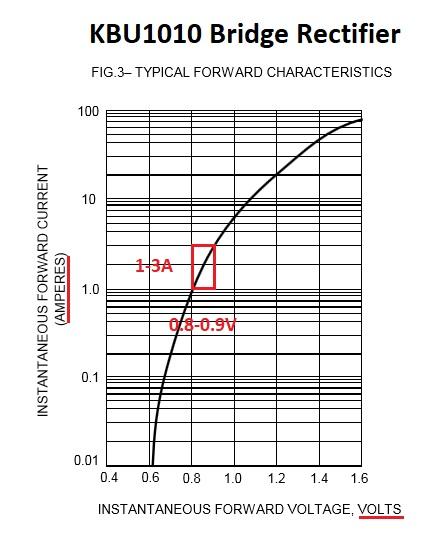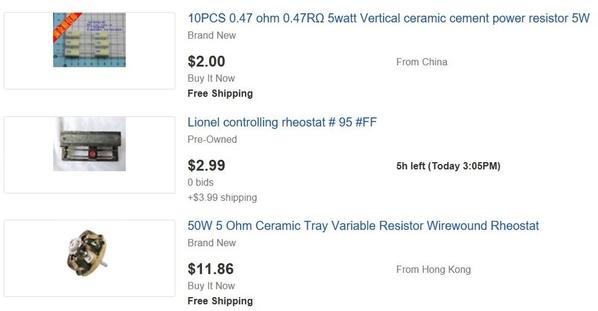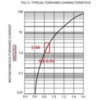Ted Sowirka posted:My $.02 here... why wouldn't the original poster use something like a No. 95 rheostat, or other adjustable resistor, instead of rectifiers / diodes? This would allow him to adjust the resistance for varying train lengths and locomotive types. Note I haven't actually done this, but I'm pretty sure I read some old reference books that suggested this is how it was done "back in the day."
What are the pros and cons? Are the rectifiers simply newer technology that wasn't available in the '50s? Is there any provision for changing the number of diodes, and consequently the amount of voltage drop for varying train loads? Good thread!
In all likelihood, the OP could use some kind of resistor or variable-resistor/rheostat. But that was not Tom's question. ![]()
To answer your question, the diode method provides more stable voltage drops under varying loads. By loads, I mean current required by the engine to pull itself and whatever loads. So here's where the eyes glaze over. ![]()
Let's say a train requires between 1-3 Amps of current. A diode will drop 0.8-0.9V as shown in the datasheet. A resistor that drops 0.8V at 1 Amp (i.e., a 0.8 Ohm resistor) will drop 2.4V at 3 Amps applying Ohms Law (Voltage = Current x Resistance). So the voltage drop is much more stable/consistent for diode (0.1V) vs. resistor (1.6V). The math gets more interesting and tedious as you delve into issues of whether your voltage is DC vs. pure-sine AC vs. chopped-sine AC but that's another discussion.
So does it really matter if the voltage drop is stable under varying operating conditions? That's a your-mileage-may-vary. If you have some low-value resistors, say, 1 Ohm (vs. tens or hundreds of Ohms) lying around with suitable power-handling capability, say, 5 Watts or more (vs. 1/4W or 1/2W) it's worth trying. And no doubt a variable-resistor like the Lionel 95 would make it easy to experiment.
If starting from scratch and experimenting with the resistor or variable-resistor approach, cascading or combining multiple individual resistors might be less expensive albeit less convenient than a variable resistor. I believe the Lionel 95 is adjustable 0-5 Ohms.
Using a string of individual resistors would allow tapping into the string to choose different voltage drops based on the situation. So you could use an inexpensive rotary switch (e.g., salvaged from a multi-speed house fan) to select one of 3 resistor values. Note that, to answer your question about adjusting the voltage drop, a rotary switch would also apply to select from one of multiple voltage drops in a string of diodes.
It's serendipitous that the diode method even applies to our trains. In reality, an ideal diode has 0 voltage drop. There are other diode technologies that are approaching the holy grail of 0 voltage drop but would be of no value for the matter at hand! Google "synchronous rectification" or "synchronous bridge rectifier" if you want to be put to sleep.








